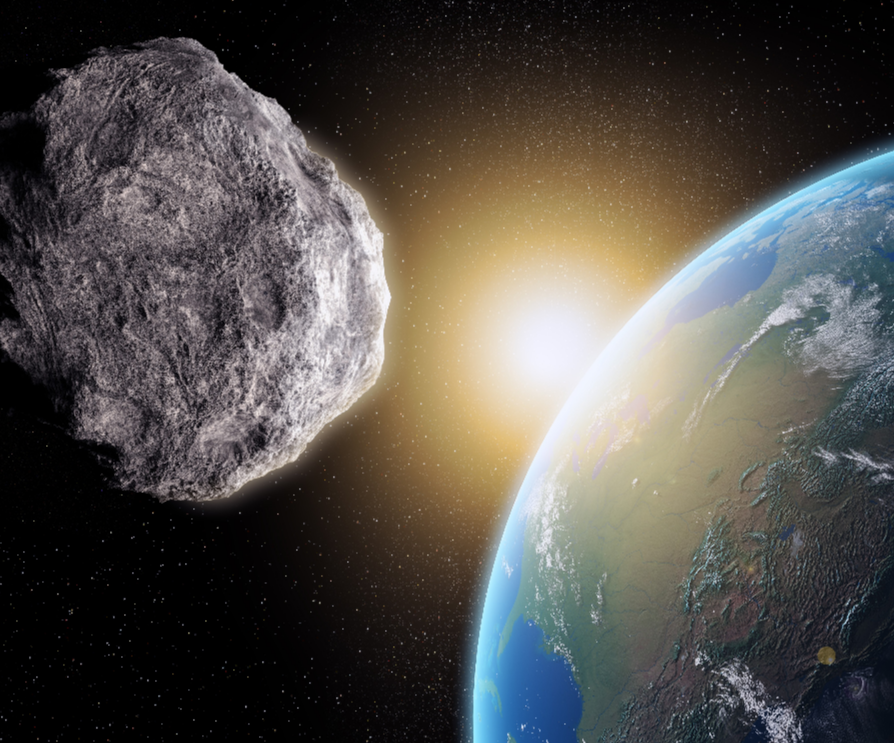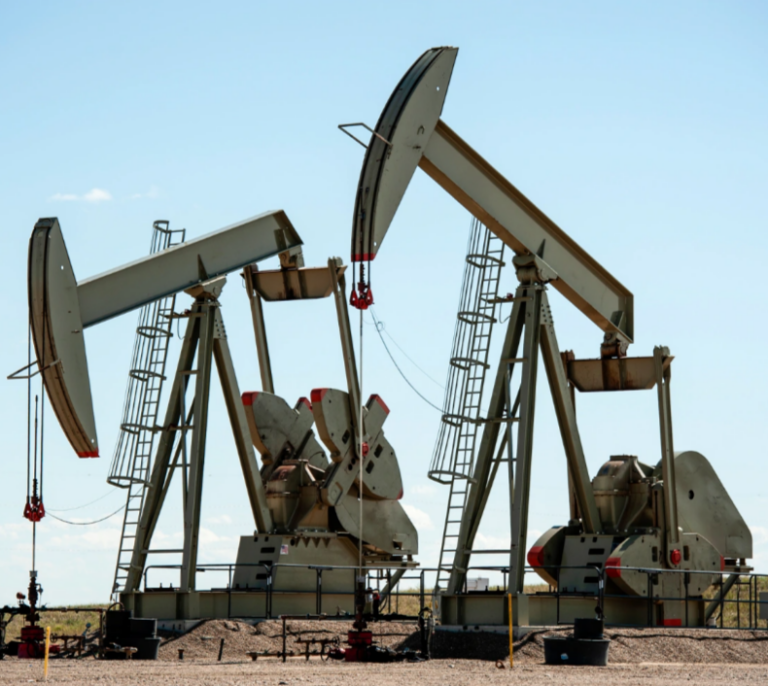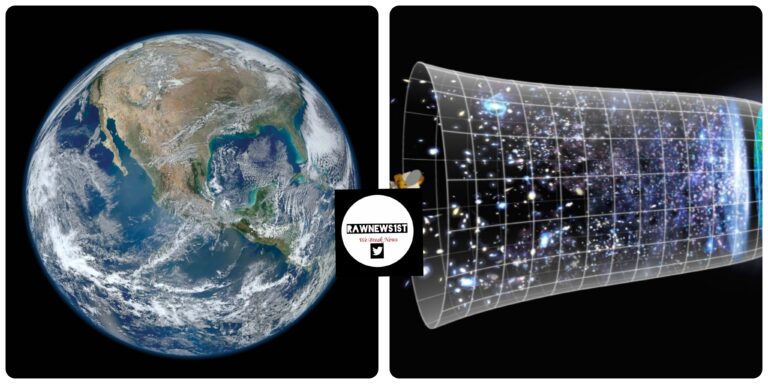
The Cretaceous/Palaeogene (K/Pg) extinction was the fifth in a series of mass extinctions that have occurred during the past 540 million years or so: the period in which animals have spread around Earth.
The event wiped out more than 60% of species, including all non-avian dinosaurs.
Since 1980, evidence has accumulated that the extinction was caused by a city-sized object hitting Earth. Such an impact would have thrown huge volumes of sulfur, dust and soot into the air, partially blocking out the Sun and causing temperatures to plummet.
A layer of iridium metal, which is rare on Earth but more common in asteroids, was deposited all over the planet around the time the extinction began.
And in the 1990s, scientists described2 the impact site, a huge buried crater near Chicxulub on Mexico’s Yucatán Peninsula.
” We wanted to identify the origin of this impactor,” says Mario Fischer-Gödde, an isotope geochemist at the University of Cologne in Germany.
To find out what the object was and where it came from, he and his colleagues obtained samples of K/Pg rocks from three sites, and compared them with rocks from eight other impact sites from the past 3.5 billion years.
The team focused on isotopes of ruthenium metal. Ruthenium is extremely rare in Earth rocks, says Fischer-Gödde, so samples of it from an impact site offer “the pure signature” of the impactor.
There are seven stable isotopes of ruthenium, and celestial bodies have characteristic blends of them.
In particular, looking at ruthenium isotopes can help researchers to distinguish between asteroids that formed in the outer Solar System — beyond the orbit of Jupiter — and those with an origin in the inner Solar System.
When the Solar System was forming from a molecular cloud around 4.5 billion years ago, temperatures in the inner region were too high for volatile chemicals such as water to condense.





